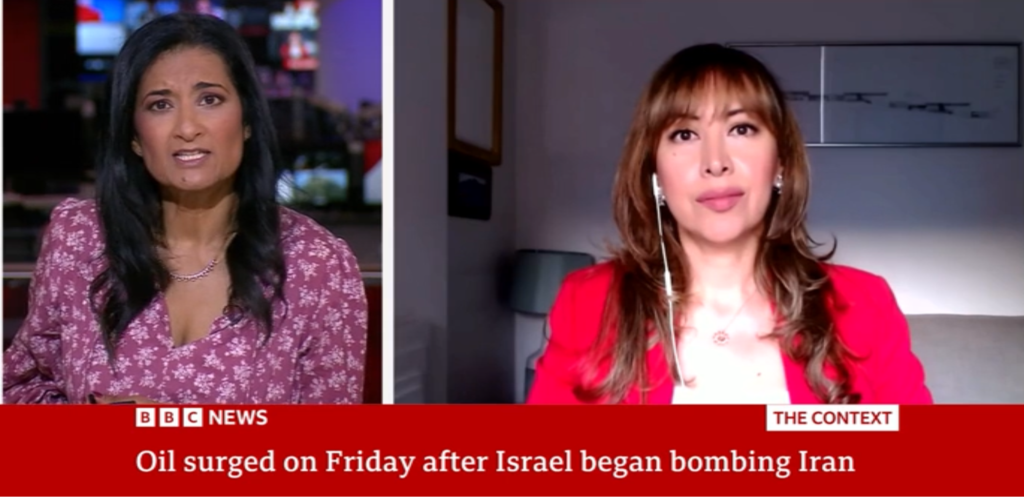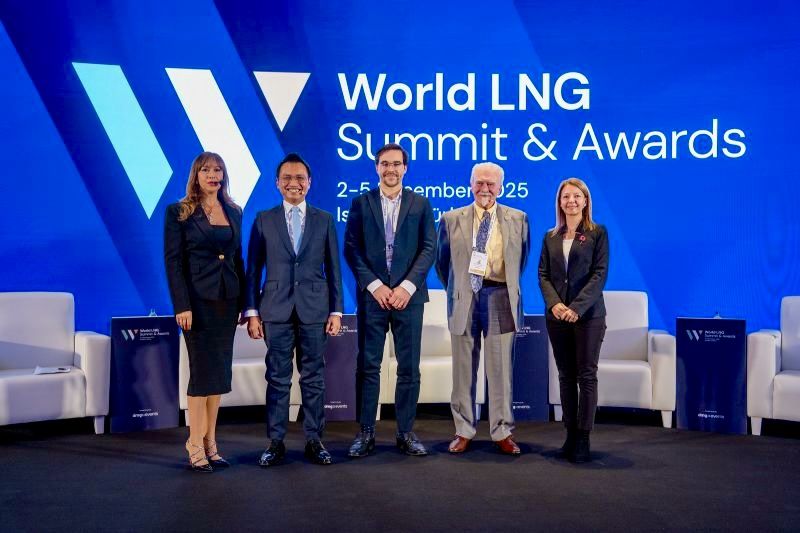Escalating tensions in the Gulf between Iran and Israel have put a spotlight on the Strait of Hormuz and the region’s vast export terminals, lifting crude prices even though production and shipments remain unaffected so far.

Key highlights:
Oil has already priced in a geopolitical risk premium; most forecasters added ≈ $10 /bbl, and a move toward triple-digit prices cannot be ruled out if critical facilities are hit.
The Middle East supplies 31 % of global oil and 18 % of natural gas; roughly 20 % of world oil demand and one-fifth of LNG trade transit Hormuz.
Iran pumps just over 3 mb/d—exporting about half, almost entirely to China—but OPEC+ still holds ample spare capacity, and non-OPEC growth (U.S., Guyana, Brazil, Norway, Canada) keeps the market from looking tight.
Any disruption impact will hinge on scope: isolated Iranian outages would differ sharply from multi-producer damage across the Gulf.
Major exporters such as Saudi Arabia and the UAE can reroute a portion of crude via Red Sea and Gulf of Oman pipelines, tempering prolonged supply shocks.
A blockade of Hormuz would trigger an immediate price spike and test the readiness of regional producers and U.S. forces with bases across the Gulf.
These scenarios underscore how pivotal Gulf energy infrastructure remains—even in a world where oil’s share of the global economy is slowly shrinking.
Some of these themes were discussed during Dr. Carole Nakhle’s appearance with Geeta Guru-Murthy on BBC News.
Related Comments
“Trump tariffs: Concern grows over falling oil prices“, Dr Carole Nakhle, Apr 2025
“Experts warn of trade tensions on oil demand“, Dr Carole Nakhle, Apr 2025








